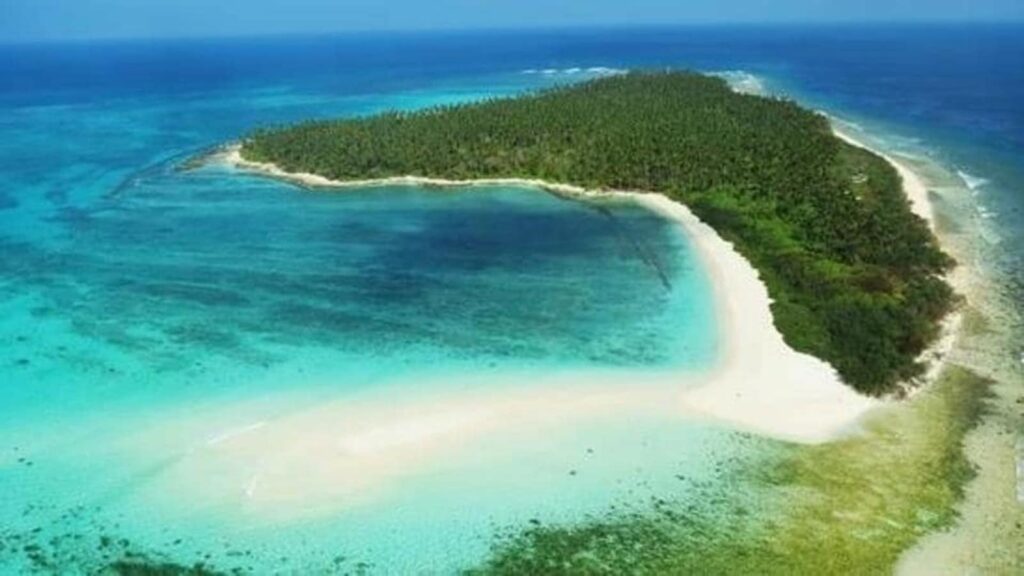There is a buzz about Lakshadweep following the PM’s visit there and the unsavoury comments made by a few politicians from the Maldives, including ministers. As Delhi-Malé ties nosedive, a case is being made to turn the Lakshadweep islands into a high-end beach tourism destination, an alternative to the Maldives. Lakshadweep is, no doubt, fabulous: It has expansive sandy beaches, and coral reefs and offers water sports such as scuba diving, and windsurfing. However, its fragile ecology and limited resources are constraints when it comes to mass tourism. Any plan to turn it into a destination that rivals the Maldives will need a massive overhaul of the infrastructure, which is currently meant to service its 60,000-plus local residents.
Lakshadweep, which is about 36 islands and some atolls, reefs and sandbanks, is hard pressed for water — water sources are available mostly on the 10 inhabited islands — and is dependent on diesel plants for electricity with the diesel shipped in from mainland India. Tourism has not taken off in a big way as it is very capital-intensive. The islands have a reasonably robust local economy, which is dependent on coconut and fisheries — the coconut economy is linked to the mainland whereas the availability of tuna in the surrounding waters has allowed the island to plug into fisheries exports. The islands can do with a big upgrade in transport and communication — more flights, ships, ferries, and affordable chopper services, particularly — since the islanders, who are linguistically and culturally related to Malayalis, depend on the mainland for medical care and education. However, attempts to privilege high-end tourism over local industry should factor in the economic and ecological consequences. Every picture postcard location need not be turned into a selfie point or a tourist haven.
Continue reading with HT Premium Subscription
Daily E Paper I Premium Articles I Brunch E Magazine I Daily Infographics


